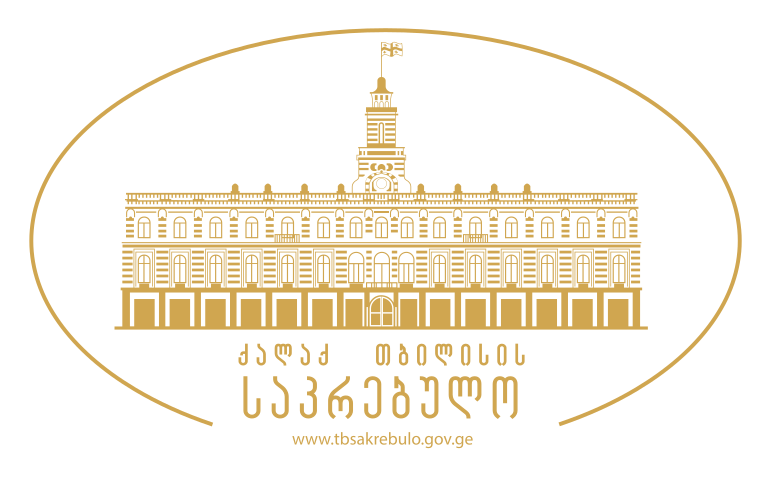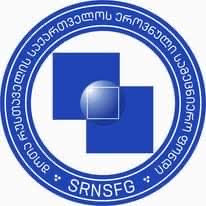038 - Cultural Exchange along the Silk Roads: Reading Central Asia through South Asian Representations
Organized by: CLAI Prof. T. S. Satyanath, Prof. Amitava Chakraborty
English
The emergence of the Afro-Eurasian world system established regional-continental links during its first phase (3500–500 BCE) and transcontinental links during the second phase (500 BCE–1600 CE). Though exchange of material cultural products through trade was the primary motive of such a world system, it had far-reaching consequences resulting in a series of cultural exchanges among the regions involved. This period could be broadly viewed as a consequence of two dominant cultural currents. The first one—Buddhism and its cultural sphere along the Silk Roads during 130 BCE to 1450 CE—resulted in the exchange of literary and material cultures within the region of South, Central and East Asia. The second one—consequent to the expansion of Islam and the involvement of Arabs in the Spice Route trade from 750 CE to 1500 CE—led to a paradigm shift in the exchange of literary and material culture over West, Central, South, and Southeast Asia. There were also dialogues between Christianity, Hinduism, Zoroastrianism, and Manicheism.
The proposed panel attempts to provide comparative perspectives on Central Asia from South Asia keeping literary cultures as its focus. Multilinguality and pluri-culturality; cosmopolitan and vernacular writing cultures; elite, folk and popular public spheres; intermedial representations; and syncretic cultures have been characteristic features of South Asian literary cultures. Looking at Central Asia from the perspective of such a diverse social epistemology of language, religion, caste, and sectarian constituents could possibly provide hitherto unknown readings of the literary cultures of the region. We envision papers working within the broad outline proposed here such as movement of religious ideas, themes and genres, literary texts, translations, Buddhism and Sufism, folk and performing traditions, and material cultures.
Keywords: Silk Roads, Central Asia, South Asia, Comparative Perspectives
The Project was supported by Shota Rustaveli National Science Foundation of Georgia (SRNSFG) [grant number MG-ISE-22-170]


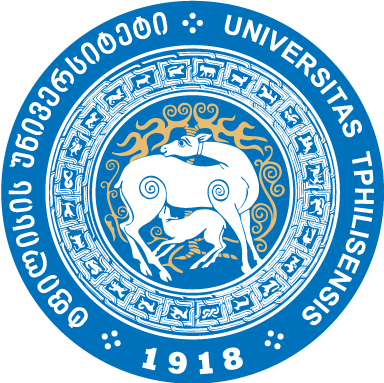


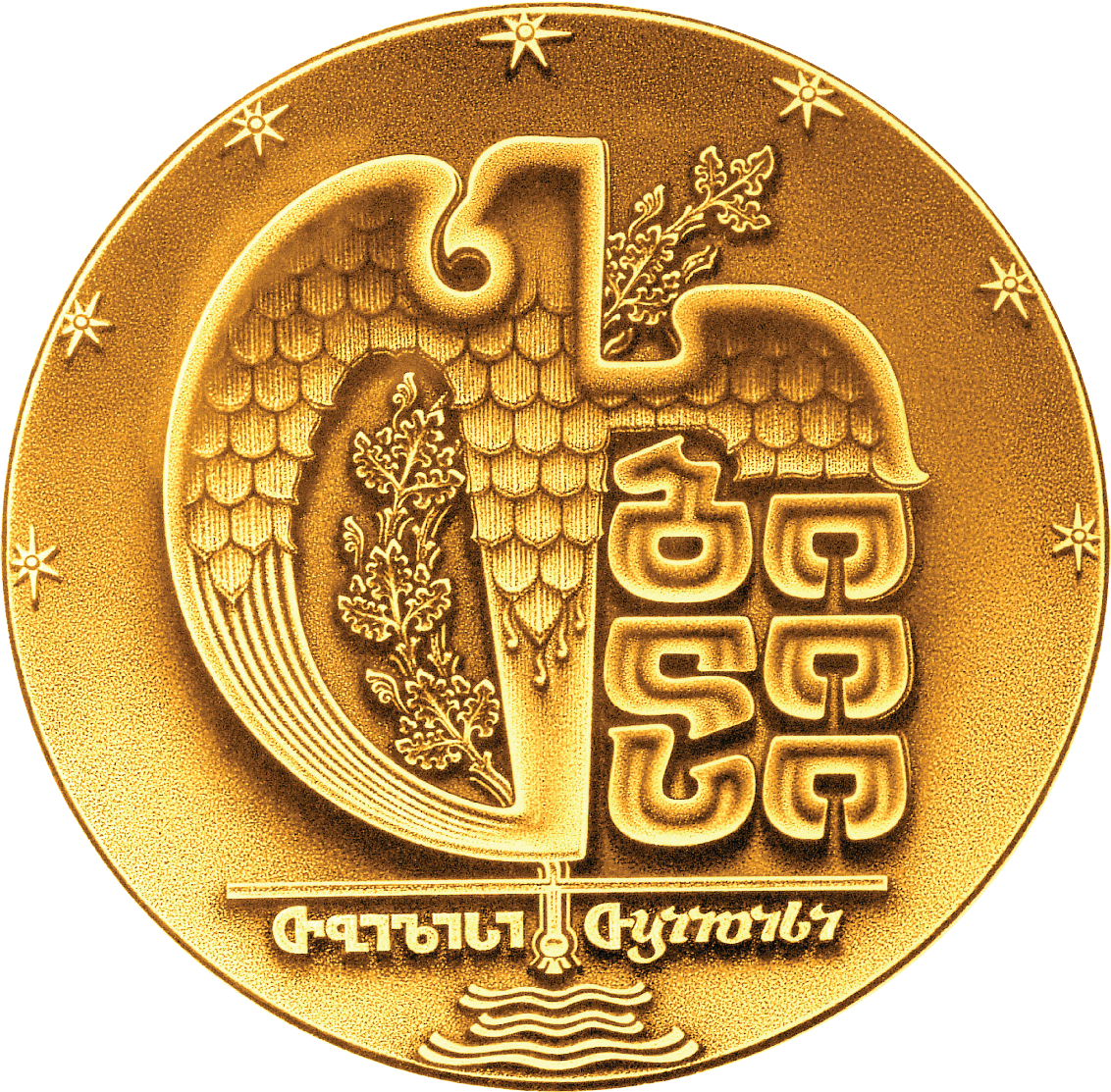
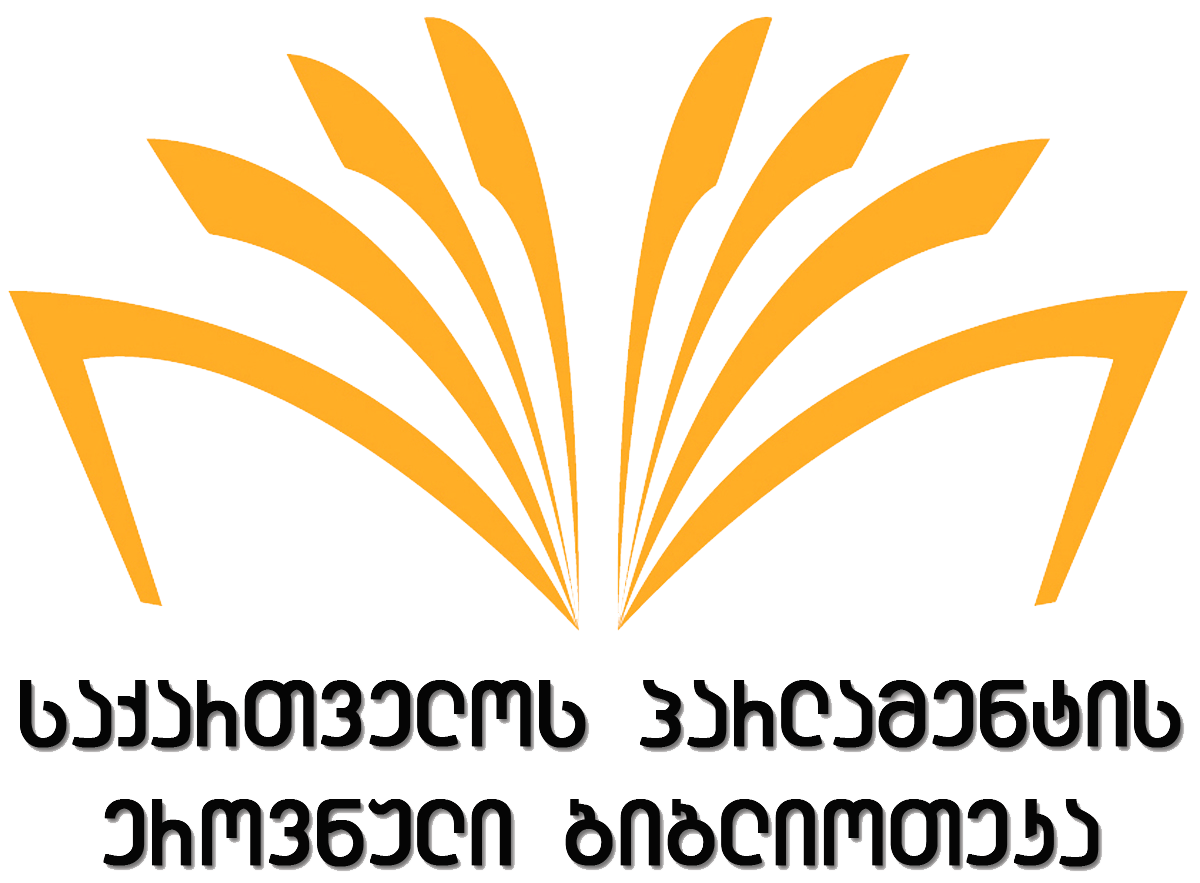
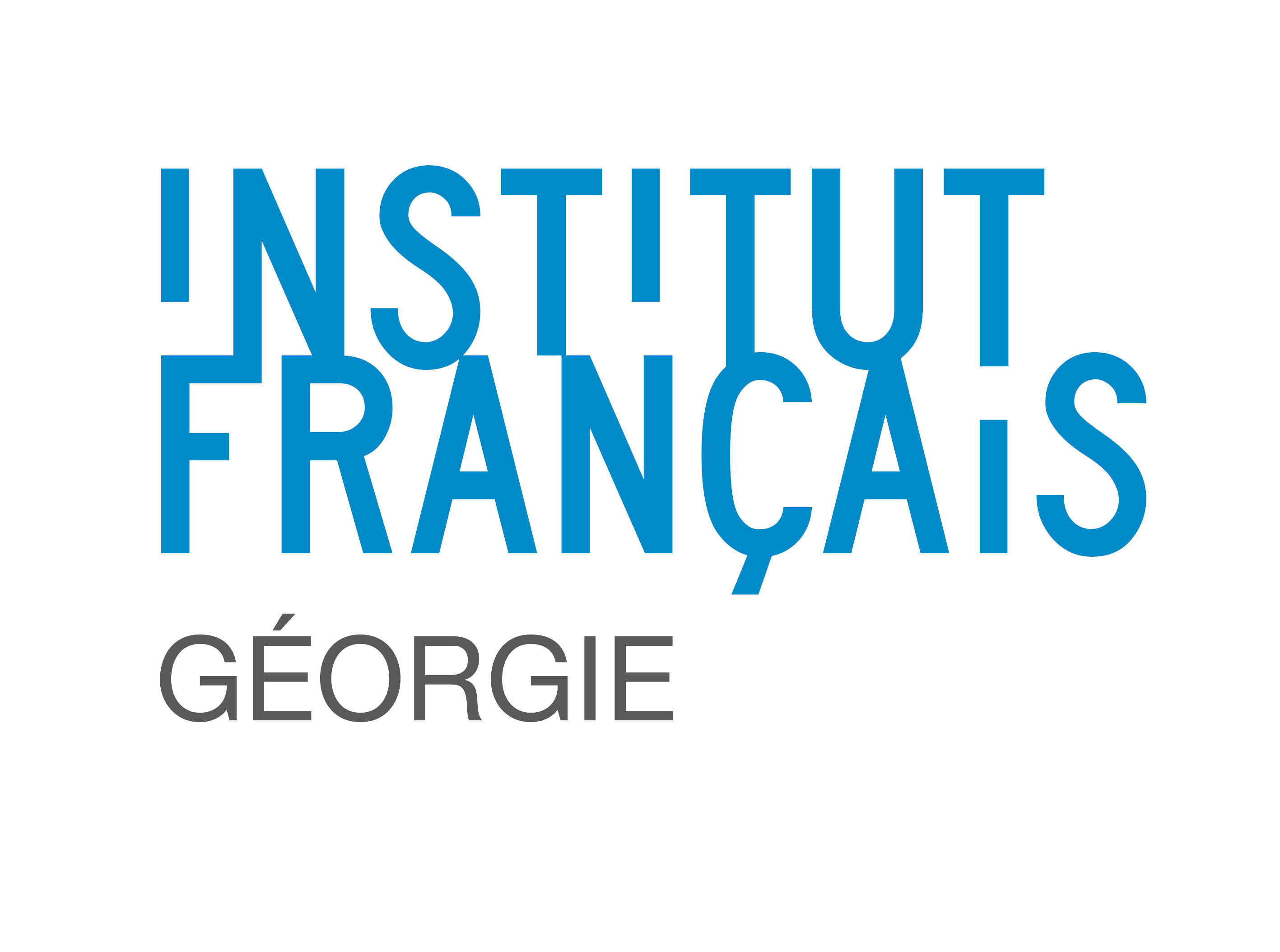


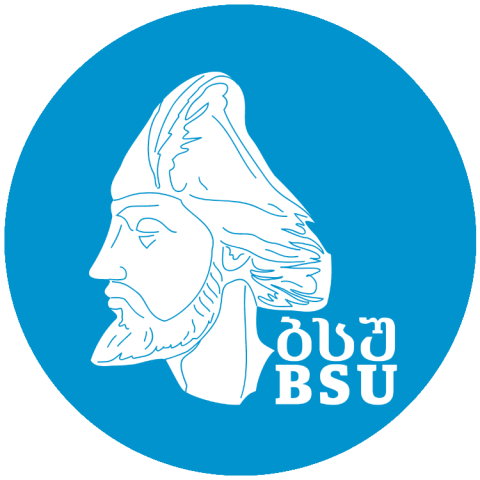

_001.png)

